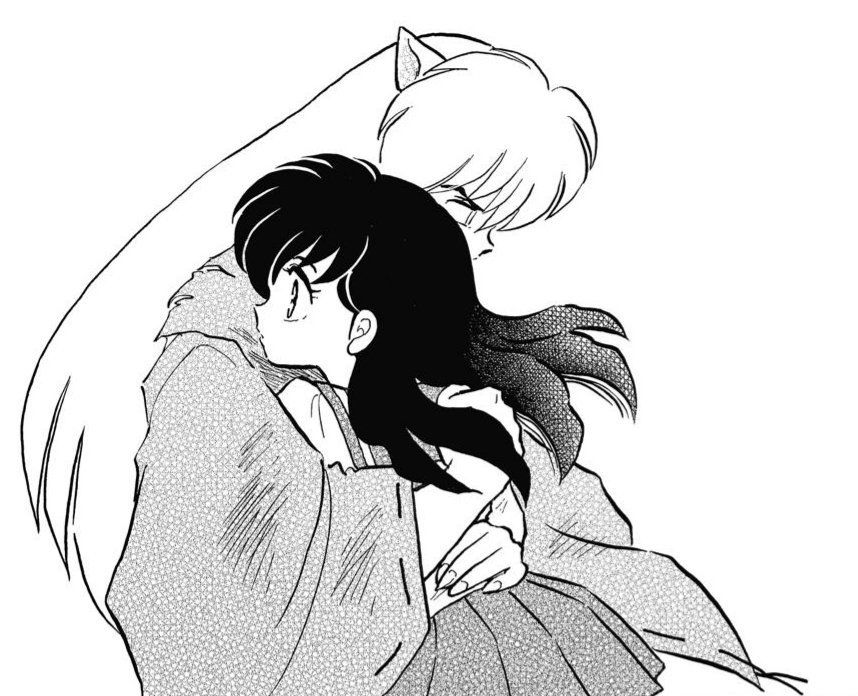Afro Samurai – The No Mercy Manga and Anime

What do you get when your incredible mix of action, violent bloodshed, incredibly choreographed fight scenes, and a bad-ass main protagonist with the voice of Samuel Jackson?
You get exactly what you’d expect—introducing Afro Samurai, the manga and anime melting pot of gruesome samurai fights, and bonified character interactions all beautifully balanced out with the artistic illustrative design.
Released as a manga in 1999, Afro Samurai would run from until 2000, written and illustrated by manga artist Takashi Okazaki. Inspired by his love for hip-hop, soul, and American media, the manga is a collision of Japanese action that we are all used to seeing, but with an Americana-like twist. Following the life of the protagonist after he watched his father die by the hands of a gunslinger called Justice, the Afro Samurai sets off to avenge his father once he grew up, leaving in his path a bloody trail of decapitated mess.
Aside from the narrative and character design, what truly sets Afro Samurai apart is its incredible art direction and visual design. Complete black and white page spreads are used with a deep accent of red only used when blood is spilled. This use of highlighting the blood creates a fixation on the atmosphere and mood in fight scenes especially and paired with such velocity in Okazaki drawing style makes for an ultimately fluid reading experience.
The manga would be adapted to an anime in 2007 by studio Gonzo, adopting a similar elegant and dynamic artistic style; certain parts of the frames are very muted with others being incredibly vibrant and deep, creating such contrast and depth that each scene is enticing. With Afro Samurai being voiced by none other than Samuel Jackson, this made for a one-of-a-kind anime.
Running only for one season before a movie was created in 2009, titled Afro Samurai: Resurrection, it gained two Emmy nominations, one of which it won for outstanding animation. It would also receive a video game, as well as an original soundtrack by Wu-Tang’s RZA, coming full circle on Okazaki’s original inspiration of hip-hop and soul music.





